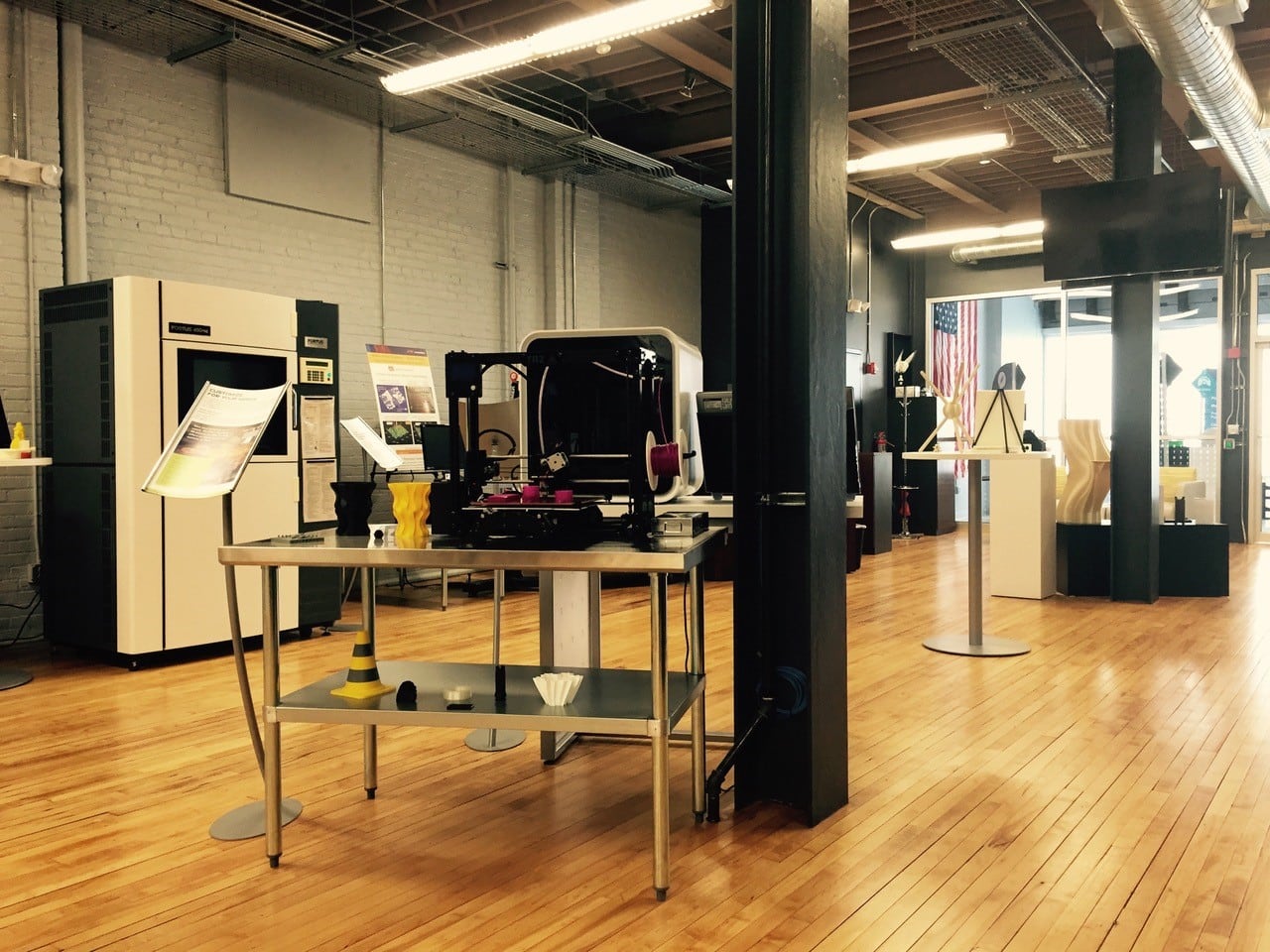Created under the Obama administration, the Manufacturing USA initiative – technically known as the National Network for Manufacturing Innovation – is a series of centers of excellence spread around the country, with each center focused on a different technological area of study.
As the initiative matures, it is beginning to show tangible feedback for relatively low cost. Tracy Frost, the Pentagon’s director of DoD Manufacturing Institutes and the acting head of the DoD Manufacturing Technologies (ManTech) program, sat down in August with Defense News to explain how it all works and why the defense industry should get involved.
Can you lay out the core idea behind the manufacturing institutes? - All of the technology advancements in the world don’t really mean much to the warfighter unless we can make it, make the product. We usually couch that as, ‘we have to make it when the troops need it, we have to make it in the quantity that they need, and we have to make it at affordable cost.’ The cheaper we can make things, the more we can buy. On a bigger scale, manufacturing kind of underpins all the productivity that we do in the country. That is both an economic and national security issue.
They are public-private partnerships, which is something the department has certainly utilized that authority for in the past but we’re using it in a very new way and revitalizing that authority. So one of the requirements is there was a 1:1 cost match of these awards. The Department of Defense puts [funding out] ranging from $55 million to $110 million of investment over a 5-7 year period. And the proposals had to come in with a 1:1 cost match, which can come from industry, academia and other government organizations.
By DoD standards, that’s not a ton of money. – It really isn’t a large investment considering what the goal was, and is, and what they’ve accomplished so far. And when you look at it as a 1:1 match, industry had to come to the table and match that funding, that’s a lot of skin in the game from day one. And that’s an important point, that from the beginning this is certainly a national effort.
The institutes are investing in what we call industrial commons. It’s a technology challenge that needs to be overcome, in order to get some capability. The applications are super wide. If we can figure out how to transmit information by light, look at the applications -- It’s not just defense, its commercial. So all these institutes, we address a space that is going to change the world, not just DoD.
RELATED

DoD has invested in eight areas. How did you go about selecting those? -- We don’t want to bring all manufacturing back to the U.S., right? We want to bring advanced manufacturing back to the U.S. We’re selective, in the technology spaces we want to bring back. We tried to find a technology space that was advanced manufacturing, so not old-school, really moving it forward, where there was a commercial sector, an industry need for the technology as well, and where defense really thought we could use that technology going forward. If there wasn’t a strong commercial pull, it was off the table.
It’s interesting to look at the locations. Detroit makes sense for [the lightweight metals institute]. The fabric and textiles institute is in Cambridge, Massachusetts, which is located near Natick, which houses our Fabric and Textiles experts with the government. So there were some strategies when they proposed where it was going to be located. Youngstown is an old manufacturing town. It’s very economically depressed so the local government was happy to have them come in. A lot of them got fairly cheap rent spaces they can move into, because local government wants them there. It’s a national resource, but has local impacts.
It’s a public-private partnership, so how does industry funding work? - It’s all different. What was built into the institutes, in the model we have, is the flexibility. Each institute has membership agreements. Some they make public, some they don’t. There’s different tiers of membership. Some institutes say we’re a no-tiers institute. It’s a flat rate to join. Others range from membership fees goes anywhere from a couple hundred dollars for small businesses all the way up to a million dollars. They typically have higher-tier members. It depends, typically, on what kind of organization you are, and then also what you want to get out of it. The higher tier, the more money you give, you might have more seats on councils.
What has feedback been from the defense industry partners involved? - Large companies, some of our big OEM primes, I’ve been in some stakeholder meetings and they say ‘we came to the institutes first because there was money, and if DoD is going to put money somewhere we’ll go see what’s going on. But we’re staying because of the connections.’ The money is not that big. They’re staying because they’re getting access to our supply chain like never before.
For small businesses, they say ‘what an amazing opportunity, I’m sitting at a table with Lockheed and Boeing, and even the medium size companies that will buy my product and integrate into a subsystem Lockheed buys.’ We’re getting access to the rest of our supply chain in a way we couldn’t before. It’s a way to help secure our supply chain. It’s really catalyzed conversations and organizational relationships, and is addressing technology problems like we’ve never seen before.
Aaron Mehta was deputy editor and senior Pentagon correspondent for Defense News, covering policy, strategy and acquisition at the highest levels of the Defense Department and its international partners.








